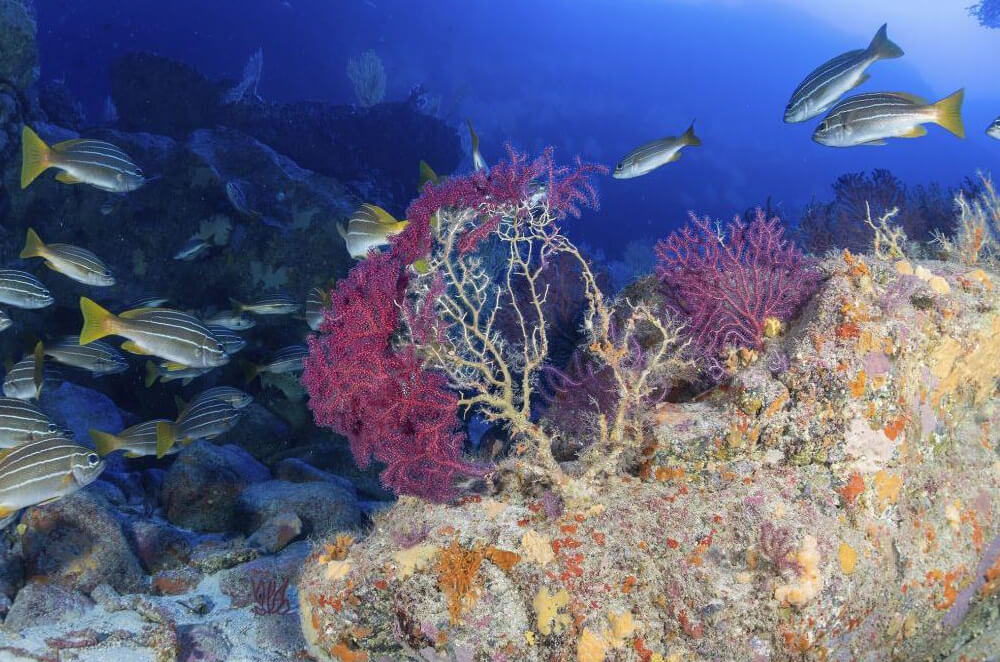We’ve been hearing a lot about heat waves over the past few months, but what about marine heat waves? The oceans have been experiencing those too.
The term refers to a period of unusually high seawater temperatures, and it was coined in 2011 after an unprecedented warming event off the west coast of Australia. This ‘first’ marine heat wave led to a rapid dieback of kelp forests and associated ecosystem shifts along hundreds of kilometers of coastline.
Since then, several of these marine heat waves have occurred all over the world; this year alone they have been reported everywhere from Florida to the West coast of Canada, as well as around the Strait of Gibraltar, and in Ireland, the UK and New Zealand.
As the BBC reports, “a 2021 expert report by the Intergovernmental Panel on Climate Change (IPCC) found marine heatwaves doubled in frequency between 1982 and 2016, and have become both more intense and longer since the 1980s.” In 2023, marine heatwaves again hit record levels.
What does El Niño have to do with it?
Marine heat waves are often linked to El Niño events. As we recently wrote, El Niño refers to unusually warm ocean temperatures in the central and eastern parts of the Pacific. Normally, the Pacific Ocean has winds that blow from east to west; these winds push the warm water towards the western side of the ocean. But sometimes the winds become weak, and the warm water starts moving towards the eastern side of the ocean, near the Americas. This is what we call El Niño.
These marine heat waves triggered by El Niño can wreak havoc on the many marine ecosystems that support the world’s fishing industries, including coral reefs and seagrass meadows. And with global ocean temperatures already at record highs, El Niño-induced marine heat waves could push certain ecosystems to a breaking point.
Why hotter waters matters
An increase of 1 or 2 degrees in ocean temperatures might not sound like much, but for hundreds of marine species and ecosystems it can be the difference between life and death. Many organisms have adapted over centuries to specific water temperatures, so these heat waves can really impact their survival.
Dillon Amaya writes in The Conversation that “some fish increase their metabolism in warm waters by so much that they burn energy faster than they can eat, and they can die. Pacific cod declined by 70% in the Gulf of Alaska in response to a marine heat wave. Other impacts include bleached corals, widespread harmful algal blooms, decimated seaweeds and increased marine mammal strandings. All told, billions of U.S. dollars are lost to marine heat waves each year.”
With marine species already being threatened by pollution, overfishing and other impacts of human activity, these marine heat waves triggered by El Niño will only add to the already delicate situation in the world’s oceans. And, as always, marine organisms won't be the only ones immediately impacted: millions of people depend on the ocean for their livelihood, which will be threatened under these intense conditions.

